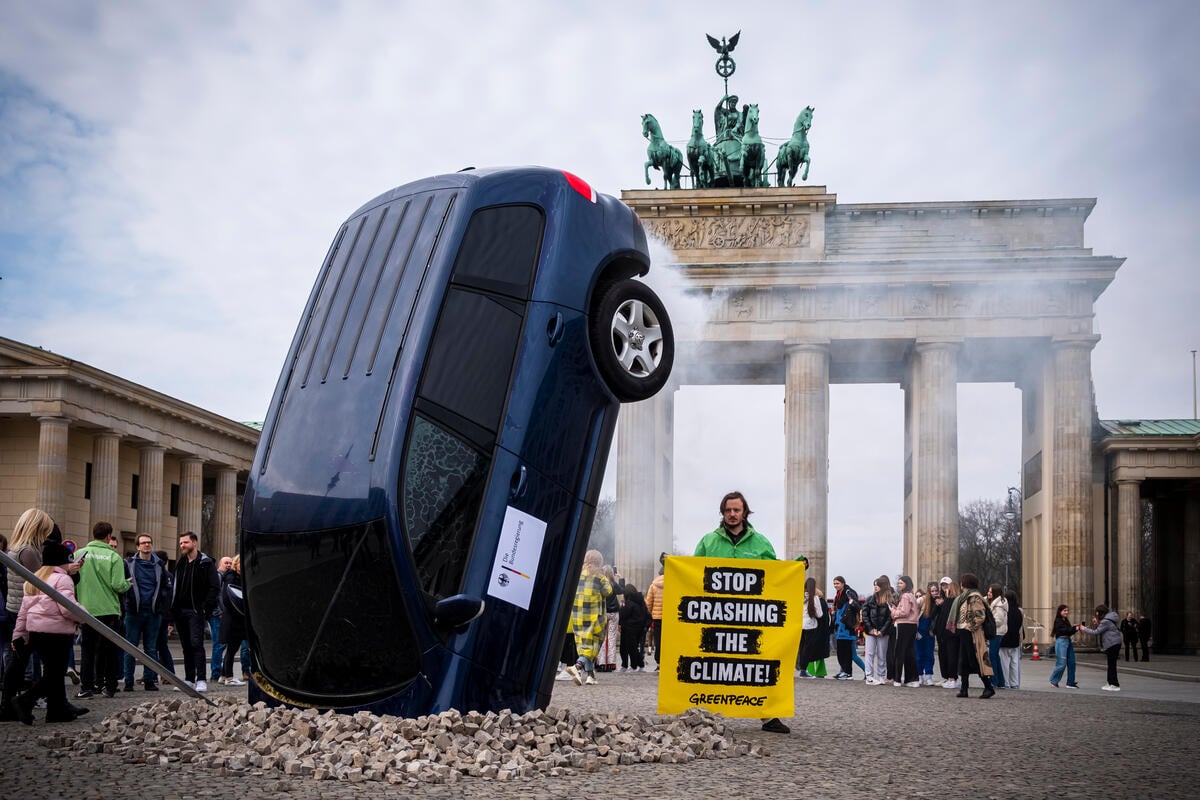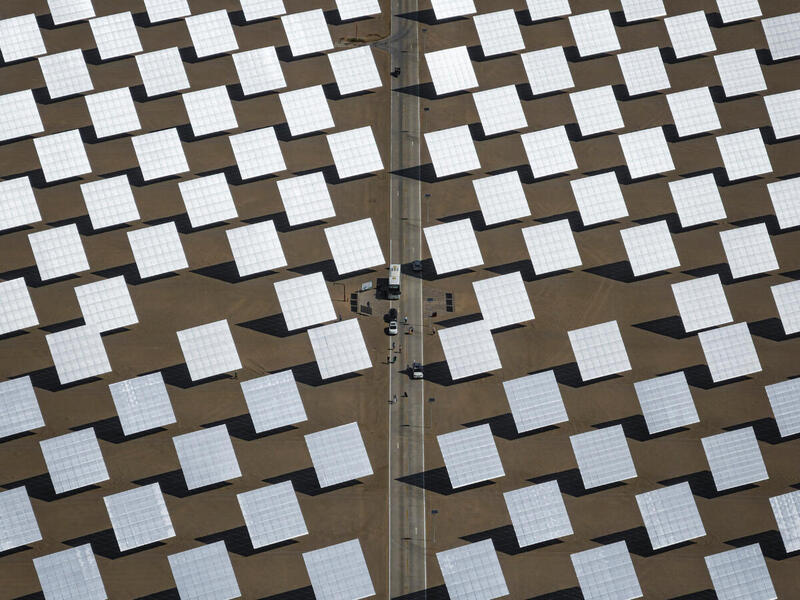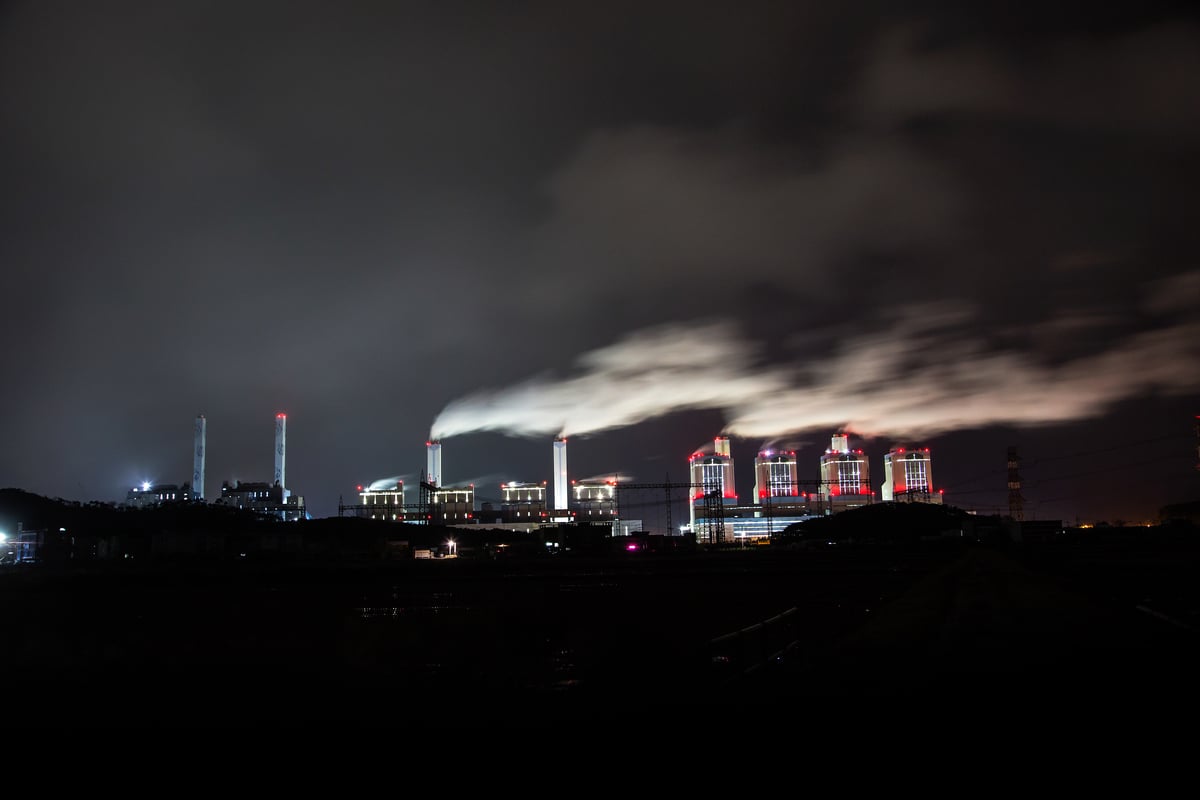As 2021 draws to a close, we would like to invite you to join our coal campaigners as they chat about the challenges they have faced and the successes they have won, with the public’s support, in convincing East Asia that investing in coal is just burning up money and our own future.
Why is East Asia so important?
This might surprise you but the three biggest economic powerhouses in our region – China, Japan and South Korea – dominate the global overseas coal power investment market. Over the last decade about 6.5 billion USD from public banks has flown from these three into coal power plant projects located outside their borders. The biggest chunks of money have gone to India, Indonesia, Vietnam and Bangladesh.
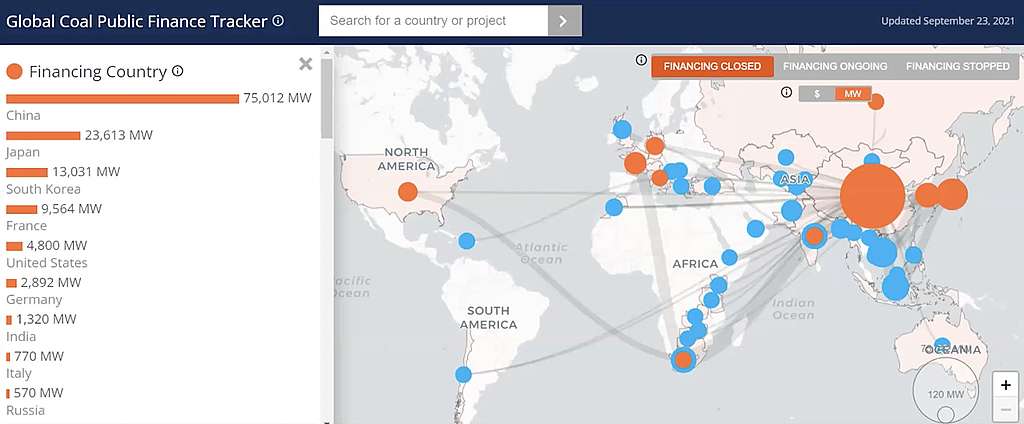
While the world is taking action to prevent a climate crisis and ending fossil fuel use, we believe these three massive economies can aim higher and towards much more ambitious climate action, especially after China, Korea and Japan made carbon zero pledges.
If we want to avoid the worst effects of climate change, we have to stop fossil fuels today. Not next year, not next week and not tomorrow. It has to be now.
Campaigning against coal
In 2017, we realized the huge role East Asia was playing in propping up coal, so Greenpeace East Asia launched strategic campaigns in the three nations aimed at squeezing coal financing from private banks, policy banks and insurance companies that underwrite the huge investments.
If we are successful in stopping overseas coal power funding, it will make it more difficult to raise money for coal power projects internationally and thus significantly reduce the scale of such projects, most of which are now in the global south.
After careful, relentless and creative campaigning in the three countries, we are beginning to see the fruits of our work.
We eavesdropped on a recent campaigners’ Zoom sharing session to report back to you their experiences in how they convinced the bankers to cut coal from their portfolios. We hope you will take inspiration from their stories and gain a better understanding about what goes on behind the scenes of one of Greenpeace’s least talked about campaigns!
Korea: the power of creativity and a call to the president
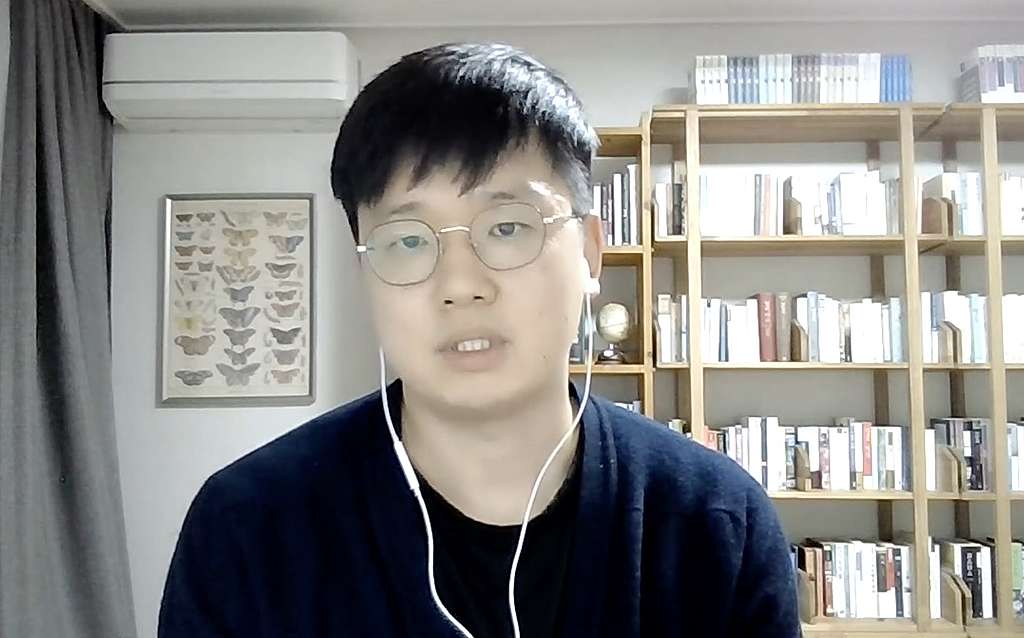
Climate & Energy Campaigner
Greenpeace East Asia Seoul Office
Korea has provided around 1.1 billion USD to overseas coal projects over the last decade. Public financial institutions have provided the bulk of the money and public energy firm Korea Electric Power Corporation (Kepco) has been involved in all stages from construction to management and maintenance.
Our Seoul office had to think strategically because these are very powerful stakeholders. When it emerged that construction company Hyundai Engineering & Construction had bribed an Indonesian politician to build a coal plant in Java we knew we had a good angle. We linked dirty money with dirty coal and attracted a lot of media attention to what would otherwise be a dry topic.
Creativity has played a big part in making this campaign a success too.
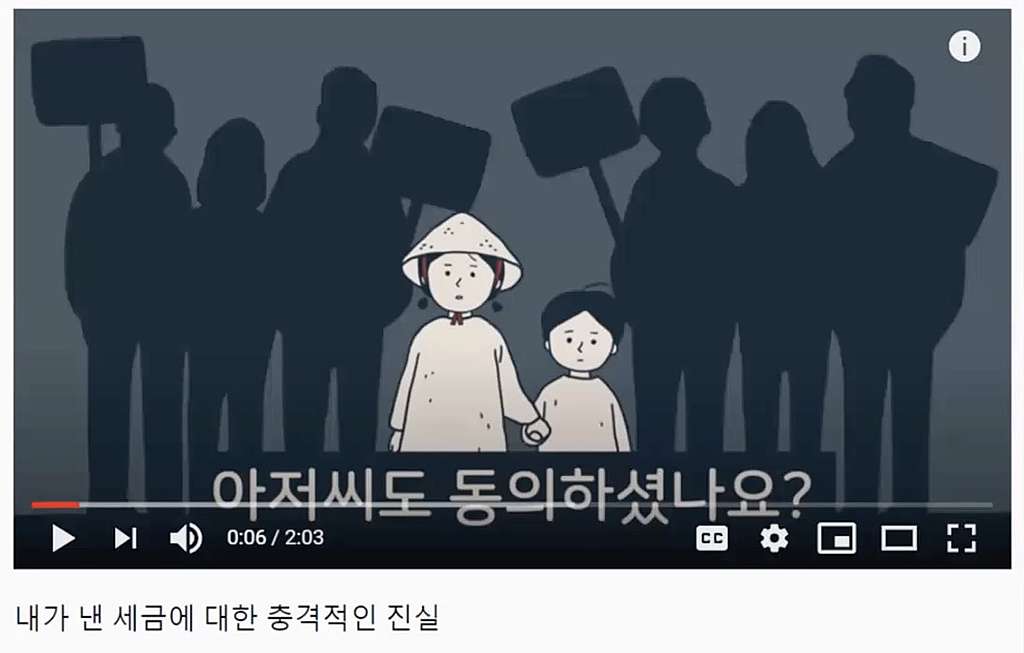
“The coal financing issue is a pretty complex topic so it was challenging to get the public’s attention and support with just media work and reports,” explained Yeonho. “We created content by collaborating with new media and working with local artists to develop several memes. We also noticed that our key audience were 1) male office workers; 2) in their 30s and 40s; and 3) with one or two children, so we created a storyline to match and produced an animation for a YouTube ad.”
We staged street actions, projected laser beam campaign messages and placed newspaper ads to push Kepco’s board to stop the building of coal plants overseas. Collaboration was also important when we worked with our colleagues in our Greenpeace Indonesia office to stage an action in front of the Korean embassy in Jakarta.
Our reports highlighted the health impacts of these overseas coal plants on local residents. We cooperated with a National Assembly member who was interested in this issue and kept track of how much public money goes into these projects so that we could campaign with authoritative data.
And we also targeted the top decisionmaker – President Moon Jae-in. Whenever there was diplomatic momentum, we spoke directly to him through public actions, newspaper ads and open letters.
What we achieved in Korea: Several companies, including Kepco and several construction companies, announced they would no longer invest in coal power overseas and President Moon said that public funds would no longer be used to finance new coal plants. His declaration is a clear signal to the sector that there is no future in coal.
Japan: solid data, strong evidence and direct dialogue
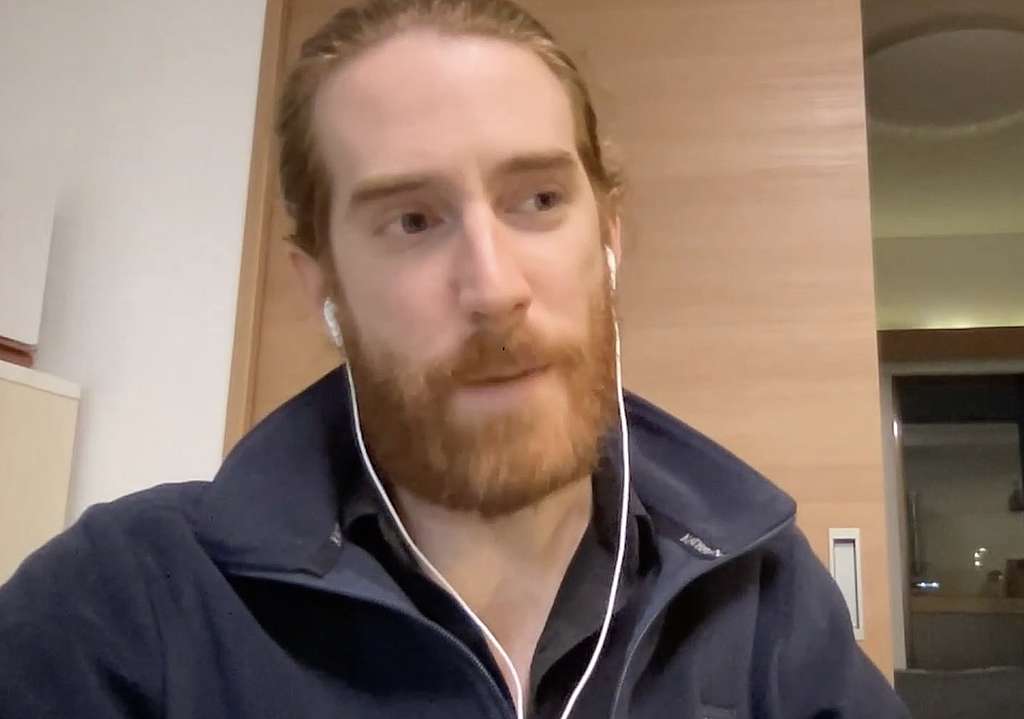
Climate & Energy Campaigner
Greenpeace East Asia Tokyo Office
While the situation in Japan is similar to that in Korea, the campaign team in the Greenpeace Tokyo office focused on private financial institutions, explained Daniel Read. Namely, the country’s three megabanks: MUFG, SMBC and Mizuho. These three banks are so heavily involved because they see coal as a lucrative investment. It was our mission to convince them otherwise.
We researched the patterns to these projects and discovered that there was a big disconnect between the financials and the power needs of the people they were supposed to benefit. Many of the projects in Indonesia, for example, were for plants around Jakarta, which does not need any more power and new projects were actually creating overcapacity.
We also looked into the specifics of coal financing policies, when providing finance may be banned “in principle”, yet in practice continues as a result of numerous loopholes and gaps in policy and legislation.
The main strategy was to engage in a lot of direct dialogue with allies, opponents and policymakers. “Often it was like banging your head against a brick wall because you tended to get very similar answers from all the banks,” explained Daniel. “However, one good thing about this is that if you can elicit an action out of one of the three main banks, all three of them move.”
That meant the campaigners could focus all of their attention on just one target at a time.

We researched and published a number of reports, one of which highlighted the country’s double standards: how it was approving energy projects overseas that would never be approved in Japan.
In campaigning against coal, one of the strongest arguments is to argue how great renewable energy is as an investment target rather than coal. We charted the massive growth that was happening in the clean energy sector in Southeast Asia and explained how it offered a much better opportunity from a purely financial standpoint.
What we achieved in Japan: “Our biggest action and biggest success were the shareholder resolutions,” said Daniel. “There were two of these. We worked with a number of different NGOs to file the first ever climate-related shareholder resolution to be filed with a major financial institution, and we got 34.5% of the vote.”
Because of this, restrictions on coal project financing were tightened, shrinking the loopholes.
“Whilst we’ve seen these kinds of actions happening in Europe and elsewhere at the time, this type of thing was less common in Japan and it is now starting to become more common,” he said. “Coal is basically on its way out; it’s just been very slow to happen. But there is some light at the end of the tunnel.”
China: building trust and changing mindsets
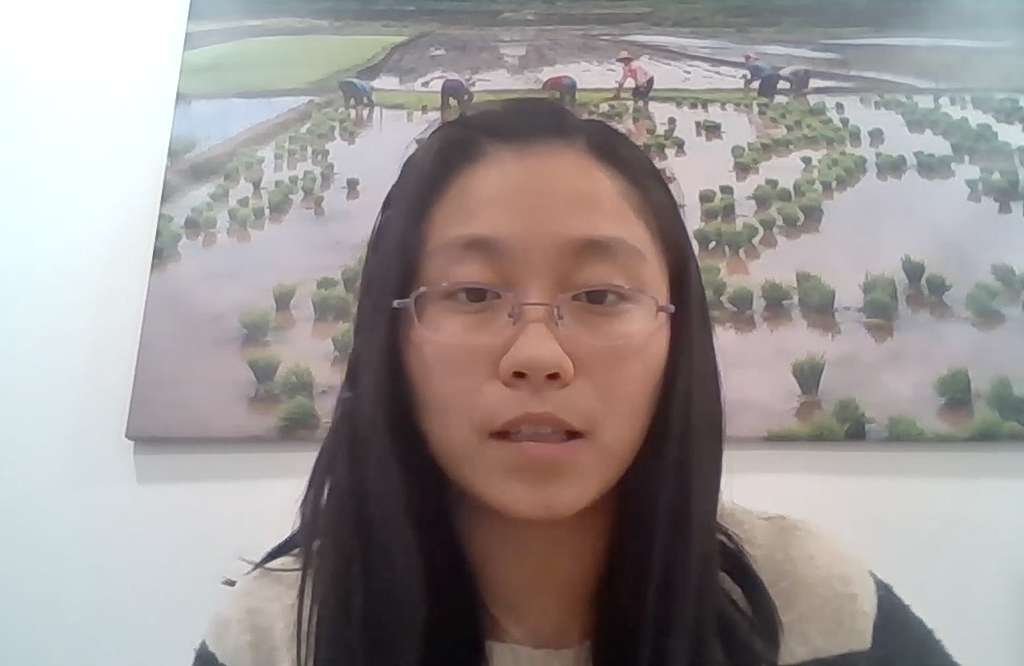
Climate & Energy Project Manager
Greenpeace East Asia, Beijing Office
China is the biggest investor in the world in overseas coal projects, partly driven by its “going out” strategy including its Belt and Road Initiative.
“It was a big challenge for us,” said Li. “We had to have a very smart strategy for our campaign.”
We kept our eyes on the goal: which was to change the mindsets of decision makers by highlighting all the risks involved in investing in overseas coal projects. We needed to identify them and do all the background research and analysis to make the strongest case possible. And we needed to do it in a language that people from the business world would understand, become concerned, and finally be our messengers to the decision makers. Ultimately, we needed to convince the decision makers that coal plants and their investments would expose state-owned assets to risk.
The risks we raised were:
- Environmental and social risks
- Overcapacity risks
- Energy transition risks (renewable energy is becoming more attractive and has policy support than coal)
- Climate change risks
- Political risks
“We worked intensively on this risk analysis and used financial institutions who bear these risks to amplify our message,” she explained.
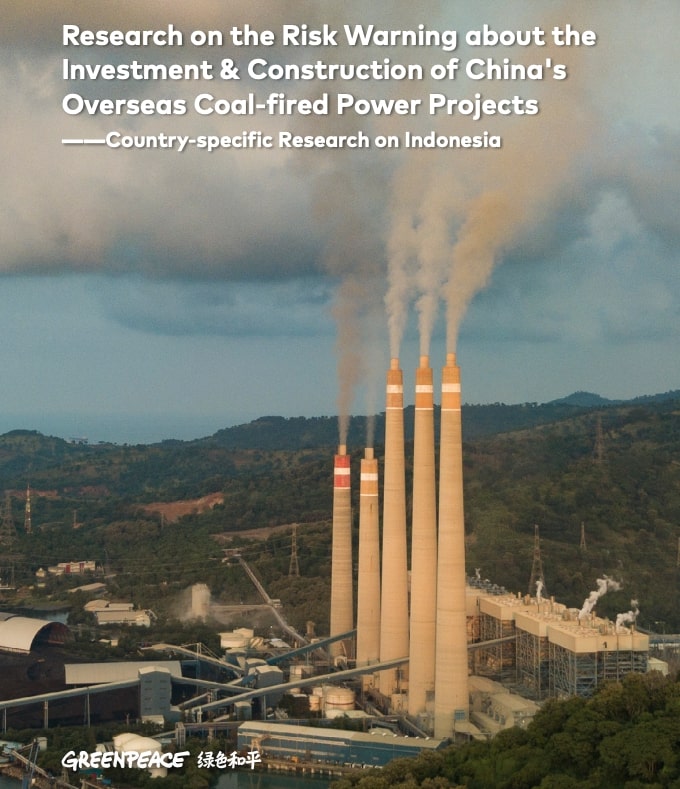
We researched who were the main sources of funding. Top of the list was the Industrial and Commercial Bank of China (ICBC) and we also targeted the policy insurer Sinosure, because without its backing, banks cannot get the funds.
We established our own database tracking all Chinese overseas coal power projects and categorized them into different types according to the kind of involvement – equity, funds, equipment, etc. and identified the key stakeholders and recipient countries creating real case studies to illustrate the predicted investment risks. This wealth of data was covered by global media.
What we achieved in China: During the four-year campaign, we always used a forward-looking perspective. We predicted what could happen and when we were proved right, this helped build investors’ and decision makers’ trust in us. If we could make them listen to us and believe us, we could convince them to ditch coal.
And in September 2021 came the big win: China finally pledged to stop funding overseas coal projects.
Stay in touch with the latest news from our regional and global climate and energy campaigns by following our Facebook Page and become a donor to have an impact and to directly support the important work we do for our planet.

